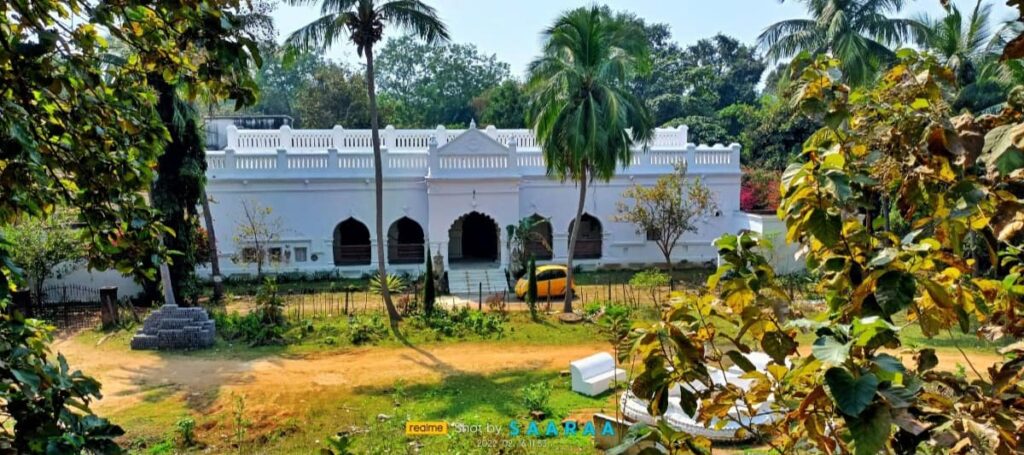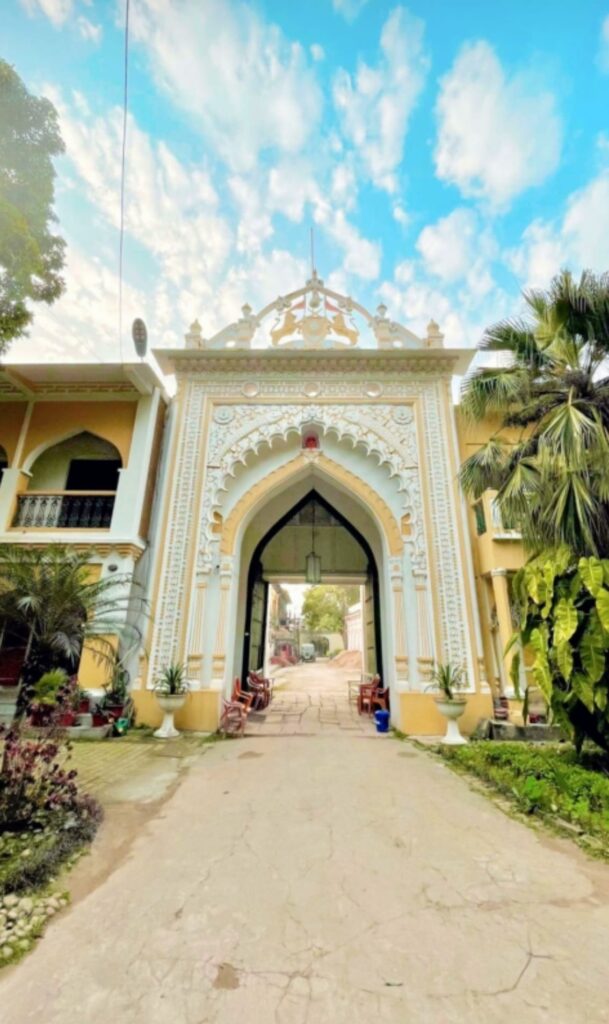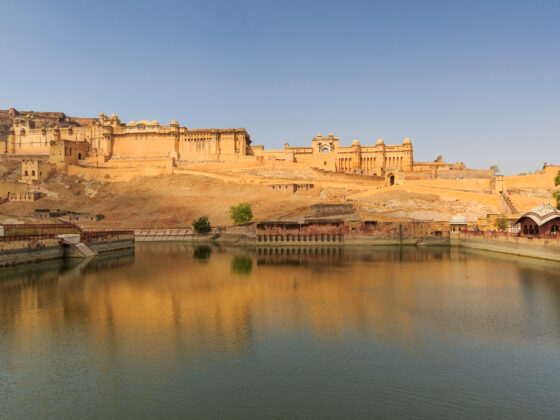Hindol State: A Legacy of Valor, Governance, and Cultural Heritage

Introduction
Hindol State, a former princely state in India, played a vital role in Odisha’s historical and political landscape. With a rich legacy of governance, valor, and cultural heritage, Hindol stood as a testament to the resilience and administrative acumen of its rulers. The state, which existed under British suzerainty, became a part of independent India in 1948. Today, its history and architectural marvels continue to attract researchers and heritage enthusiasts.
Historical Background
Hindol State was founded in 1554 by Raja Udhav Singh, a ruler of Rajput descent. Over the centuries, the state witnessed remarkable governance, military prowess, and socio-cultural advancements. The rulers of Hindol belonged to the Bhoi dynasty, which held sway over the region for several centuries. As a princely state, Hindol functioned semi-independently while maintaining a subordinate relationship with the British during colonial rule.
Geographical and Political Significance
Located in present-day Odisha, Hindol covered a vast expanse of land characterized by lush green landscapes, rivers, and fertile plains. The strategic position of the state made it an essential part of the larger governance system under the British Raj. Hindol was part of the Orissa States Agency, a collection of princely states in the eastern region of India.
Rulers and Administration
The rulers of Hindol were known for their strong administrative policies and commitment to public welfare. They implemented various reforms in governance, infrastructure, and education, ensuring the state’s prosperity.
Some of the notable rulers of Hindol included:
- Raja Damodar Singh (18th Century): Strengthened the military and improved internal governance.
- Raja Ishwar Chandra Singh (19th Century): Advocated for social reforms and modernization.
- Raja Narayan Singh (20th Century): Played a crucial role in merging Hindol with the Indian Union in 1948.
The administrative structure of Hindol was well-organized, featuring an efficient judicial system, tax reforms, and revenue collection strategies that enhanced economic stability.
Relationship with the British
Like many princely states in India, Hindol maintained diplomatic relations with the British authorities while retaining autonomy in internal matters. The British recognized Hindol’s sovereignty, provided the rulers acknowledged British supremacy and paid annual tributes. During the colonial period, Hindol contributed to various social and economic reforms while navigating political challenges.
Cultural and Architectural Heritage
Hindol State was renowned for its vibrant cultural heritage, reflected in its festivals, art, and architecture. The region was home to several magnificent temples, palaces, and historical sites that showcased a unique blend of Rajput and Odia architectural styles.
Famous Landmarks and Temples
- Kapilas Temple: Dedicated to Lord Shiva, this temple remains a significant pilgrimage site.
- Hindol Palace: The royal palace, known for its intricate designs and regal architecture, stands as a historical landmark.
- Raghunath Temple: A sacred temple that represents the spiritual and religious traditions of Hindol.
The art and craft of Hindol flourished under royal patronage, with traditional dance forms, music, and literature thriving during its reign. Festivals like Rath Yatra, Dola Purnima, and Durga Puja were celebrated with great enthusiasm.
Hindol in Post-Independence India
After India gained independence in 1947, the princely states, including Hindol, were integrated into the Indian Union. On January 1, 1948, Hindol officially merged with the Indian Republic and became part of the Odisha state. The transition marked the end of the monarchy and the beginning of democratic governance.
The erstwhile royal family of Hindol adapted to the new political environment, and many members contributed to politics, business, and social service. Today, the legacy of Hindol continues through its preserved historical sites, cultural traditions, and local heritage conservation efforts.

Tourism and Heritage Conservation
Hindol’s historical sites and cultural legacy attract history enthusiasts and travelers. Several initiatives aim to preserve the architectural heritage and promote tourism in the region. The Odisha government and heritage conservation organizations are working towards restoring ancient temples, palaces, and other significant sites.
Key Tourist Attractions:
- Hindol Palace and Fort
- Ancient Shiva and Vishnu Temples
- Natural Landscapes and Forests
Efforts to promote local art, crafts, and folk traditions have gained momentum, ensuring that the rich history of Hindol remains alive for future generations.
Legacy and Significance Today
Despite being a lesser-known princely state, Hindol played an essential role in shaping Odisha’s political and cultural history. Its rulers contributed to governance, education, and architectural advancements that continue to inspire historical research.
Hindol serves as a reminder of India’s diverse and complex past, where numerous princely states coexisted and contributed to the nation’s development. The legacy of Hindol’s rulers, its cultural heritage, and its historical landmarks remain an invaluable part of India’s rich tapestry.
Conclusion
Hindol State, with its glorious past, stands as a significant chapter in India’s history. From its valiant rulers and progressive governance to its cultural richness and architectural marvels, Hindol continues to captivate historians and travelers alike. As efforts to preserve and celebrate its heritage grow, Hindol’s story remains a testament to the resilience and grandeur of India’s princely states.










